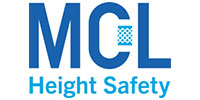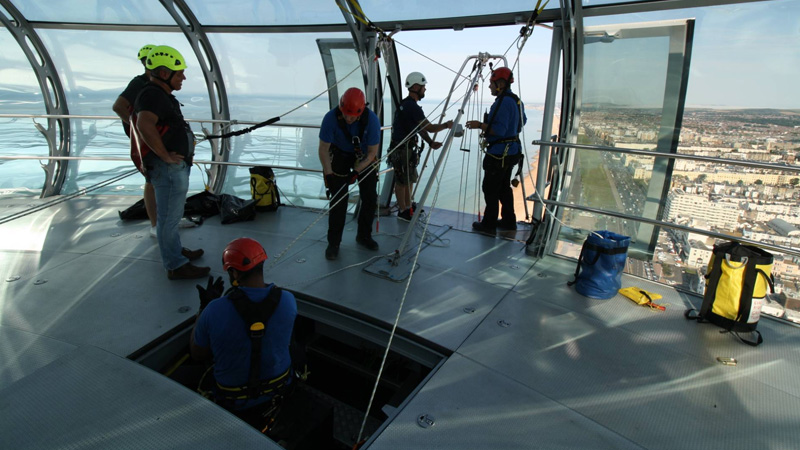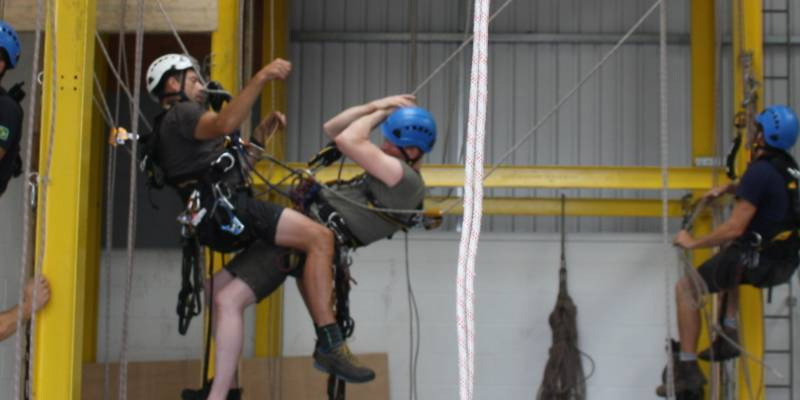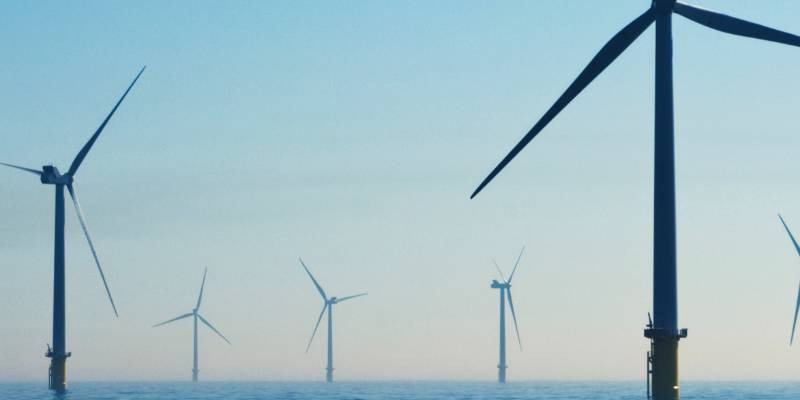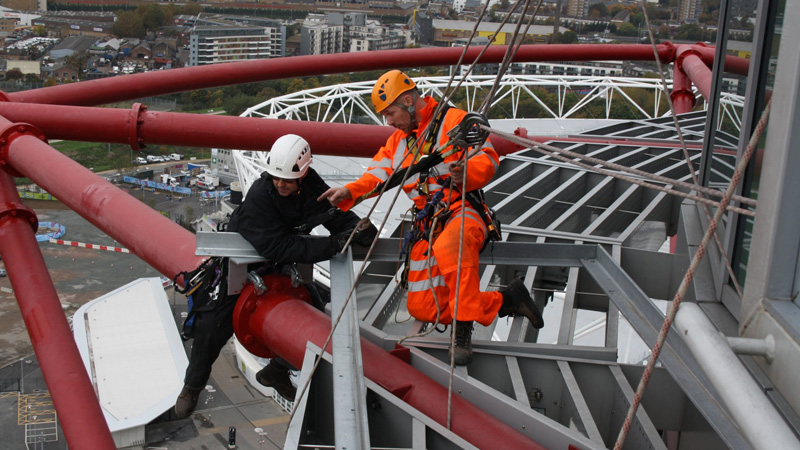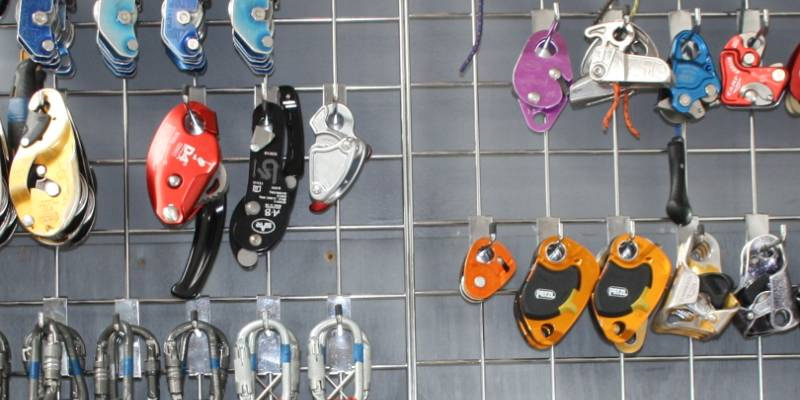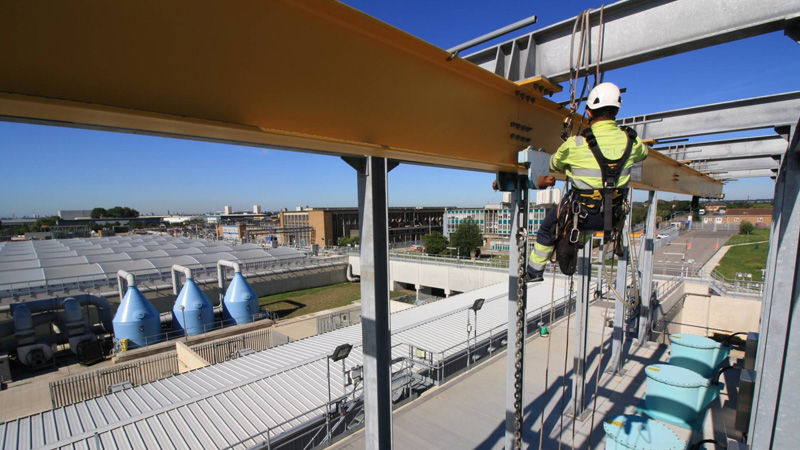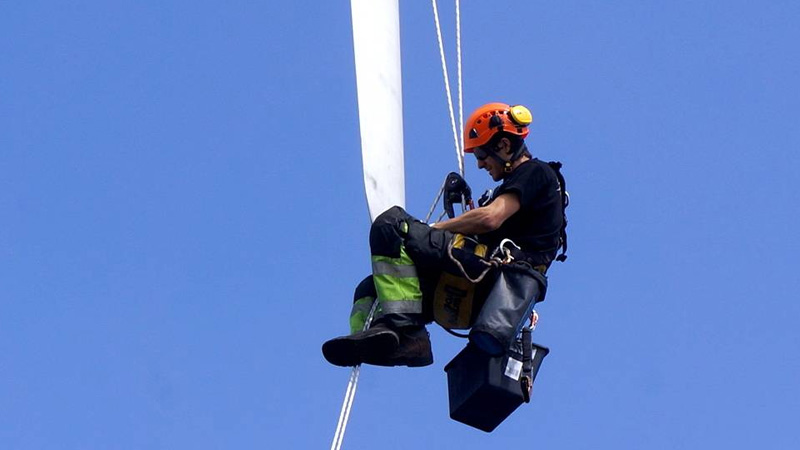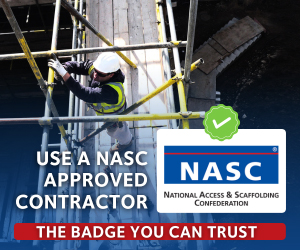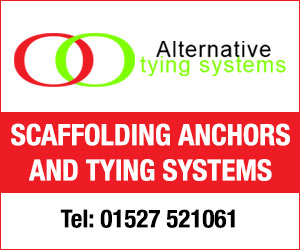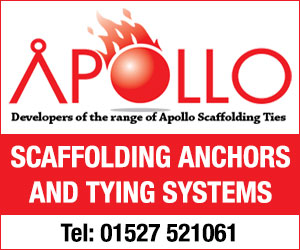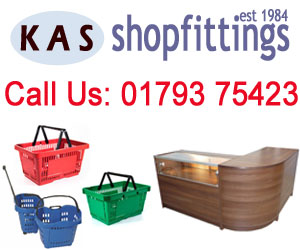Address
Unit T04
Leyton Industrial Village, Argall Avenue
Leyton Industrial Village, Argall Avenue
London
E10 7QP
About MCL Height Safety
MCL-UK can provide an equipment inspection package that would include a thorough examination and provide an equipment inspection report & record as well as an equipment inspection regime for you going forward.
MCL-UK has qualified and experienced equipment inspectors that will inspect your personal protection equipment. The inspection would be carried out to PPE Regulations, LOLER Regulations and the manufacture recommendations. And advise on current equipment that may suit your working needs better.
The inspector would be able to inspect all personal protection equipment and provide the following;
Equipment Report
A detailed equipment report which would cover any wear and tear and damage to each item of equipment and then recommendations on what should be done with the equipment.
Equipment Record
All equipment to be logged into a computerised equipment record database with all equipment being id marked and traceable to all necessary paper work as per the current legislation.
IRATA TRAINING
The use of rope access is now commonplace around the world, on land and offshore; in cities and on coastal cliffs; on ancient buildings and those of 21st century design. Rope access is the preferred method for many working at height, or in areas of confined or difficult access.
Long before the work at height sector came to truly appreciate the significance of formal training, IRATA was devising a training regime that today not only delivers high quality rope access technicians working to a safety creed and a proven syllabus, but enables its work force to follow a progressive route of personal development that can culminate in expertise that includes management and supervisory skills, high grade safety and rescue capabilities
GWO TRAINING
MCL-UK is an approved trainer for the GWO Modules.
The Global Wind Organisation provides the training standards for those hoping to work in the Wind Industry. If you are looking to work on wind turbines, you will need to complete some or all of the modules listed below.
You are also required to refresh these qualifications every 2 years with a condensed version of the syllabus.
All training takes place at our training centre, except for the Sea Survival which is undertaken at a nearby reservoir.
For more information, Contact Us
MCL-UK has qualified and experienced equipment inspectors that will inspect your personal protection equipment. The inspection would be carried out to PPE Regulations, LOLER Regulations and the manufacture recommendations. And advise on current equipment that may suit your working needs better.
The inspector would be able to inspect all personal protection equipment and provide the following;
Equipment Report
A detailed equipment report which would cover any wear and tear and damage to each item of equipment and then recommendations on what should be done with the equipment.
Equipment Record
All equipment to be logged into a computerised equipment record database with all equipment being id marked and traceable to all necessary paper work as per the current legislation.
IRATA TRAINING
The use of rope access is now commonplace around the world, on land and offshore; in cities and on coastal cliffs; on ancient buildings and those of 21st century design. Rope access is the preferred method for many working at height, or in areas of confined or difficult access.
Long before the work at height sector came to truly appreciate the significance of formal training, IRATA was devising a training regime that today not only delivers high quality rope access technicians working to a safety creed and a proven syllabus, but enables its work force to follow a progressive route of personal development that can culminate in expertise that includes management and supervisory skills, high grade safety and rescue capabilities
GWO TRAINING
MCL-UK is an approved trainer for the GWO Modules.
The Global Wind Organisation provides the training standards for those hoping to work in the Wind Industry. If you are looking to work on wind turbines, you will need to complete some or all of the modules listed below.
You are also required to refresh these qualifications every 2 years with a condensed version of the syllabus.
All training takes place at our training centre, except for the Sea Survival which is undertaken at a nearby reservoir.
For more information, Contact Us
Gallery
News
New data highlights a worrying trend in construction safety: 42% of UK construction workers admit to breaking health and safety regulations, with work at height rules among the most frequently ignored.
This follows the Health and Safety Executive’s 2024/25 statistics, which once again confirm that falls from height remain the leading cause of workplace fatalities in construction. In the past year alone, 51 fatal injuries were reported in construction — more than half due to falls from height.
These statistics underscore an urgent need for improved safety culture and consistent training across the industry.
Why Are Safety Rules Being Broken?
A recent UK-wide survey of 1,500 workers found the top reasons for non-compliance include:
Belief that rules are unnecessary (42%)
Perception that the risks don’t justify the precautions (37%)
Unsafe habits becoming normal (29%)
Rushing to complete work faster (23%)
Lack of awareness that a rule exists (20%)
A culture where bending the rules is accepted (20%)
The most commonly broken regulations include:
Not following work at height procedures (38%)
Failing to report incidents (38%)
Ignoring slip/trip hazards (24%)
Poor or missing risk assessments (22%)
Incorrect manual handling (21%)
Lack of PPE or refusal to wear it (13% combined)
Safety is not something to become complacent about — the consequences of cutting corners can be devastating. While fatalities grab headlines, life-changing injuries from falls at height are far more common and can have long-lasting effects on both the injured individual and their loved ones. A momentary lapse or ignored procedure can result in permanent disability, emotional trauma, and significant financial strain. Prioritising safety means protecting not just workers, but also the families and communities that depend on them.
Expert Insight: Stephen Laws, General Manager at Lighthouse Safety
“Too often we see ‘shortcuts’ being taken at height because workers feel pressured to meet deadlines or believe the task is too simple to require full precautions. That thinking is exactly what leads to serious injuries or worse.
Building a Culture of Safety
Safety is everyone’s responsibility. While employers are legally obliged to provide training and a safe working environment, it’s up to each worker to follow protocols.
Training courses such as Working at Height, Rope Access, Fixed Ladder and Confined Space Entry are critical in reinforcing the importance of safe practice.
Training is one of the most effective ways to reduce accidents when working at height. It equips workers with the knowledge and practical skills needed to identify risks, use equipment safely, and follow proper procedures. Without regular and up-to-date training, complacency and bad habits can quickly set in — increasing the risk of serious incidents. Investing in quality training ensures workers not only understand the regulations but also the reasons behind them, helping to build a stronger safety culture across the construction industry.
MCL Height Safety offers industry-leading work at height courses tailored to the construction and entertainment sectors, ensuring that everyone working at height is properly trained, equipped, and competent to perform their duties safely.
If you’re concerned about compliance or want to improve your team’s safety knowledge, get in touch with the MCL Height Safety team today.
Call: 0208 558 5688
Email: info@mclheightsafety.com
Visit: www.mclheightsafety.com
This follows the Health and Safety Executive’s 2024/25 statistics, which once again confirm that falls from height remain the leading cause of workplace fatalities in construction. In the past year alone, 51 fatal injuries were reported in construction — more than half due to falls from height.
These statistics underscore an urgent need for improved safety culture and consistent training across the industry.
Why Are Safety Rules Being Broken?
A recent UK-wide survey of 1,500 workers found the top reasons for non-compliance include:
Belief that rules are unnecessary (42%)
Perception that the risks don’t justify the precautions (37%)
Unsafe habits becoming normal (29%)
Rushing to complete work faster (23%)
Lack of awareness that a rule exists (20%)
A culture where bending the rules is accepted (20%)
The most commonly broken regulations include:
Not following work at height procedures (38%)
Failing to report incidents (38%)
Ignoring slip/trip hazards (24%)
Poor or missing risk assessments (22%)
Incorrect manual handling (21%)
Lack of PPE or refusal to wear it (13% combined)
Safety is not something to become complacent about — the consequences of cutting corners can be devastating. While fatalities grab headlines, life-changing injuries from falls at height are far more common and can have long-lasting effects on both the injured individual and their loved ones. A momentary lapse or ignored procedure can result in permanent disability, emotional trauma, and significant financial strain. Prioritising safety means protecting not just workers, but also the families and communities that depend on them.
Expert Insight: Stephen Laws, General Manager at Lighthouse Safety
“Too often we see ‘shortcuts’ being taken at height because workers feel pressured to meet deadlines or believe the task is too simple to require full precautions. That thinking is exactly what leads to serious injuries or worse.
Building a Culture of Safety
Safety is everyone’s responsibility. While employers are legally obliged to provide training and a safe working environment, it’s up to each worker to follow protocols.
Training courses such as Working at Height, Rope Access, Fixed Ladder and Confined Space Entry are critical in reinforcing the importance of safe practice.
Training is one of the most effective ways to reduce accidents when working at height. It equips workers with the knowledge and practical skills needed to identify risks, use equipment safely, and follow proper procedures. Without regular and up-to-date training, complacency and bad habits can quickly set in — increasing the risk of serious incidents. Investing in quality training ensures workers not only understand the regulations but also the reasons behind them, helping to build a stronger safety culture across the construction industry.
MCL Height Safety offers industry-leading work at height courses tailored to the construction and entertainment sectors, ensuring that everyone working at height is properly trained, equipped, and competent to perform their duties safely.
If you’re concerned about compliance or want to improve your team’s safety knowledge, get in touch with the MCL Height Safety team today.
Call: 0208 558 5688
Email: info@mclheightsafety.com
Visit: www.mclheightsafety.com
At MCL Height Safety, we provide high-quality IRATA Rope Access training across our unique indoor training centres, located within industrial developments and always close to public transport links and major train stations for convenience.
Whether you’re starting your career in rope access or advancing your qualification, our IRATA Level 1, 2 & 3 courses are delivered in professional, fully equipped training facilities by experienced instructors committed to safety and real-world application.
What Is Industrial Rope Access?
Industrial rope access is a highly effective, safe, and cost-efficient alternative to traditional access methods such as scaffolding or hydraulic platforms. Originating from climbing and caving techniques, rope access allows workers to reach difficult or otherwise inaccessible areas with minimal impact on structures or surrounding operations.
Unlike recreational climbing, industrial rope access employs a dual-rope safety system, making it one of the safest forms of working at height when properly trained and supervised.
What Is IRATA?
IRATA (Industrial Rope Access Trade Association) is the global authority on industrial rope access. They set the standards for safe practice and are responsible for:
Certifying rope access technicians
Accrediting training providers
Providing independent assessors for certification exams
The IRATA Training, Assessment and Certification Scheme (TACS) ensures all technicians meet a consistently high standard of safety and competence. You can view the full TACS document here.
IRATA Training Levels at MCL Height Safety
We offer all three IRATA levels. Here’s a quick overview of what each level involves:
IRATA Level 1 – Technician
Ideal for newcomers, Level 1 technicians are trained to:
Perform basic rope access tasks under supervision
Inspect their own personal equipment
Assist in rigging and basic operations
Conduct simple rescues involving self-descent
Understand basic hauling systems
Note: Level 1 technicians cannot supervise others.
IRATA Level 2 – Lead Technician
For those with experience (usually after 1,000+ hours logged as a Level 1), Level 2 technicians can:
Rig working ropes for access and rescue
Perform more advanced rope access operations
Lead rescues
Understand safety legislation and quality assurance processes
IRATA Level 3 – Supervisor
The highest level of IRATA certification, Level 3 technicians are responsible for:
Supervising rope access work sites
Leading complex rescue operations
Demonstrating complete proficiency in Levels 1 and 2 techniques
Understanding advanced legislation and planning
Holding a valid First Aid certificate
Ensuring team compliance with the IRATA Code of Practice and TACS
Equipment & Facilities
All equipment is provided for the duration of the training. Our centres are equipped with a wide range of certified and regularly inspected gear, allowing candidates to familiarise themselves with different devices and real-life scenarios.
Each of our indoor facilities has been designed specifically for rope access training—safe, realistic, and tailored to IRATA’s high standards.
What to Wear
While all equipment is supplied, we recommend candidates wear:
Tracksuit bottoms or work trousers
T-shirts or sweatshirts (nothing too loose or baggy)
Trainers or work boots
Layered clothing to adapt to indoor temperatures
Comfort and mobility are key, so come prepared for physical activity.
Important Notice
From 30 May 2025, all technicians undergoing IRATA assessments—including new candidates registering for Level 1—must be registered through IRATA TechConnect prior to their assessment.
This is a mandatory requirement introduced by IRATA to enhance technician tracking and streamline certification processes.
You can read more about the TechConnect announcement on the official IRATA website.
To register and get started, follow this link: IRATA TechConnect – Register
Entry Requirements
To comply with IRATA entry conditions, all candidates must:
Be 18 years or older
Be physically fit and medically capable of working at height
No previous experience is required for Level 1. However, Levels 2 and 3 require:
A minimum number of logged hours and working days since the last assessment
Evidence of previous IRATA certification
Easy Access to Our IRATA Training Centres
All MCL IRATA training centres are located within industrial developments near mainline stations and public transport—making your commute to training as simple as possible.
Why Train with MCL?
Accredited by IRATA
Experienced instructors from the field
Realistic indoor training environments
Flexible scheduling and personalised sup
 London
London UK
UK Ireland
Ireland Scotland
Scotland

